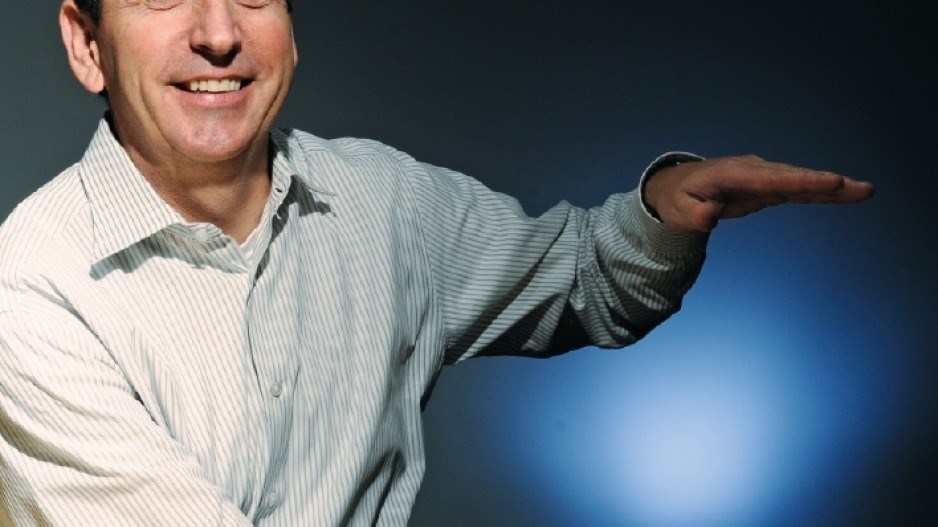If you work in a typical office, you may well have a personal computer tower under your desk or under your computer screen.
Start saying goodbye to it and get used to the term VDI (virtual desktop infrastructure).
The office computer of the future has no processor – it's just a keyboard, a mouse and a computer screen with a chip that enables it to communicate with a main server using pixels rather than binary data.
One of the companies leading the way into the post-PC era is Teradici – a Burnaby tech company with a blue-ribbon Silicon Valley pedigree – which developed the encoding and compression technology that renders the PC obsolete.
"We do see this as a disruptive trend in the market," said Teradici CEO Dan Cordingley, a former general manager for Intel Corp. (Nasdaq:INTC).
"Once you start using VDI, you realize that that physical PC will be gone at some point. I don't know if it's five years from now or 10 years from now, but there's no reason to have that physical tower under people's desk."
Teradici developed PCoIP (PC over Internet protocol) technology that allows for information to flow from the server to individual computer screens as pixels. All the processing is done centrally in a main data centre.
Teradici's partner, VMware, developed the server virtualization that allows multiple screens to operate simultaneously on one server and one operating system.
VDI eliminates the need to install multiple iterations of operating systems, like Windows, and all the applications, plug-ins and virus protections that go with it on multiple desktops.
Now, a single operating system and a single version of programs like Microsoft Word go on the main server.
Almost all of the major computer makers, except Apple, are already embedding Teradici PCoIP chips in their screens or in "thin clients" (small devices that replace the PC tower and connect the screen to a server).
Because pixels, not data, move between office screens and the server, it is faster. One of the biggest benefits, however, is portability. Users can install desktop virtualization applications that allow their desktops to be called up from virtually anywhere and on any number of devices.
"It's very secure because there's no corporate data on that home computer," Cordingley said.
The University of British Columbia began switching to VDI in 2009 and now has 1,000 work stations that have no PCs. The VDI approach is slowly replacing PCs as departments upgrade their computer systems.
Michael Thorson, director of infrastructure for UBC information technology, recommends VDI, especially if a company or organization is starting from scratch.
"If I had a greenfield to work with, it would be my primary option," Thorson said.
Founded in 2005, Teradici's team includes chairman Kevin Huscroft, co-founder of PMC-Sierra, and CTO Randy Groves, former CTO for Dell Inc. (Nasdaq:DELL).
The company employs 160 people and is currently hiring 20 to 30 more engineers and sales and marketing staff. Cordingley said the company's goal is to grow and eventually go public.
"We've gone up against all the big guys and now our technology is at the top of the market," Cordingley said. "We're seeing great growth. We're really building this company to be a large, stand-alone company that we'd like to IPO." •




